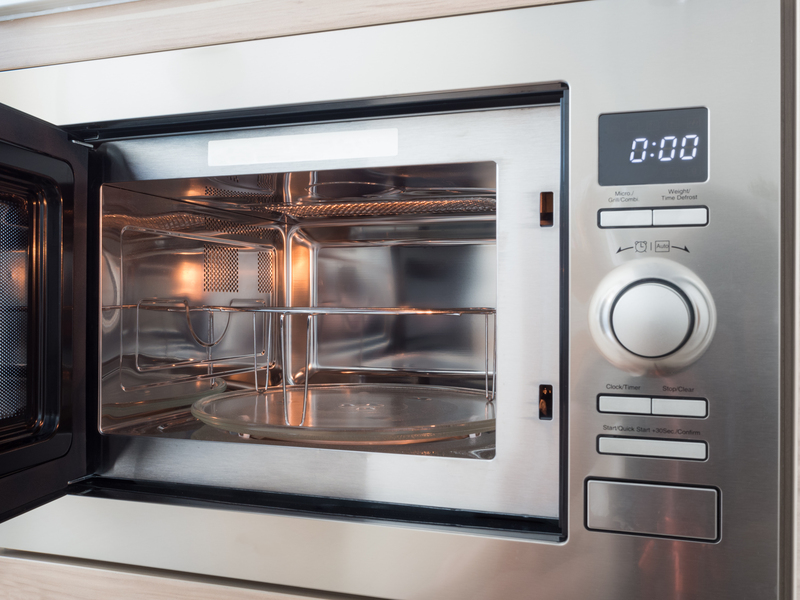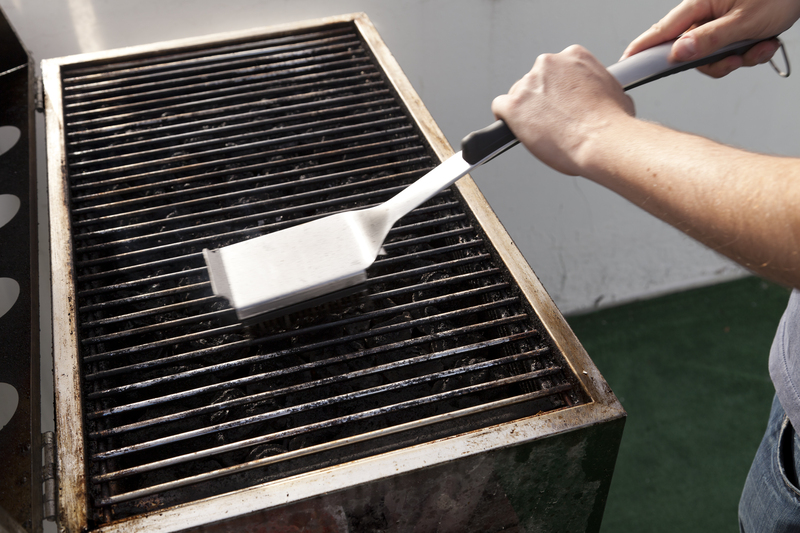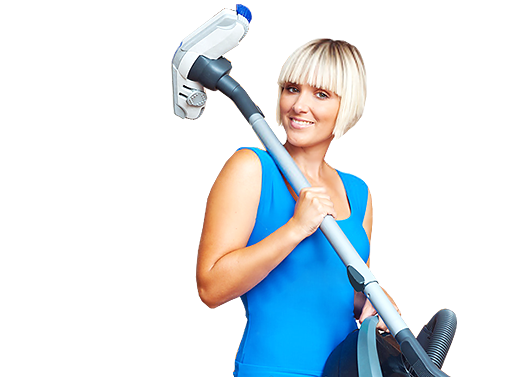Effective Methods to Clean uPVC Window Frames
Posted on 12/09/2025
Effective Methods to Clean uPVC Window Frames: A Complete Guide
Keeping your uPVC window frames sparkling clean is not just about aesthetics; it also extends their lifespan and preserves their efficiency. Over time, uPVC (Unplasticized Polyvinyl Chloride) window frames can gather grime, dirt, and environmental contaminants that make them look dull and worn. Fortunately, cleaning uPVC window frames is straightforward with the right knowledge. In this comprehensive guide, we explore effective methods to clean uPVC window frames so they remain pristine, functional, and long-lasting.

Understanding uPVC Window Frames
Before discussing the best cleaning techniques, it's crucial to understand what uPVC window frames are and why special care is required.
- What is uPVC? -- uPVC stands for Unplasticized Polyvinyl Chloride. Unlike regular PVC, uPVC does not contain plasticizers or additives that make plastics flexible. It's rigid, durable, and commonly used in windows, doors, and pipes.
- Why is Cleaning Important? -- uPVC's resilience makes it low-maintenance, but it's not immune to weather, pollution, dust, and algae. Regular cleaning preserves the material's color, strength, and functionality.
- Common Problems with Dirty Frames -- Neglected uPVC frames may develop yellow stains, mold, or tough grime, making restoration challenging without the right techniques.
Preparing to Clean uPVC Window Frames
Preparation is essential for effective and safe cleaning of your uPVC window frames. Here's a straightforward checklist:
- Gather Cleaning Supplies: Soft cloths, non-abrasive sponges, buckets, distilled white vinegar, baking soda, dish soap, spray bottles, and a vacuum with a soft brush attachment.
- Avoid Harmful Products: Do not use abrasive pads, harsh chemicals, bleach, or solvent-based cleaners, as these can damage or discolor uPVC.
- Safety First: Wear gloves to protect your hands, and work in a well-ventilated area or outdoors to avoid inhaling any fumes from cleaning products.
_Tip: Test any new cleaner on a small, unnoticeable area to ensure it won't affect the finish or color of the uPVC._
Step-by-Step Methods to Clean uPVC Window Frames
1. Routine Cleaning for Day-to-Day Maintenance
For most homes, routine cleaning every few months is enough to keep uPVC frames in excellent shape. Follow these simple steps:
- Dust and Vacuum: Use a vacuum with a soft brush attachment or microfiber cloth to remove loose dirt and cobwebs from corners and grooves.
- Make a Gentle Cleaning Solution: Mix a few drops of mild dish soap with warm water in a bucket.
- Wipe the Frames: Dip a soft sponge in the soapy water, wring it out, and lightly wipe the frames. Pay attention to edges and grooves where grime may accumulate.
- Rinse and Dry: Wipe away soap residue with a clean damp cloth, then dry with a lint-free towel or microfiber cloth to prevent water spots.
Why This Works:
This method effectively removes surface dust and everyday dirt, ensuring your uPVC window frames stay white and clean without causing damage.
2. Removing Tough Stains and Marks from uPVC Frames
Stubborn stains or marks such as paint splatters, pen, or sticky residue require more attention. Here's how to tackle them safely:
- Make a Paste: Mix baking soda with a little water to form a paste.
- Apply Gently: Dab the paste onto stained areas and let it sit for a minute or two.
- Scrub Lightly: Use a soft cloth or a non-scouring sponge to rub gently in a circular motion.
- Rinse and Dry: Wipe with a damp cloth, then dry thoroughly.
_Note: Never use steel wool or abrasive pads, which will scratch and dull the uPVC surface._
3. Dealing with Mold, Algae, or Mildew
In humid environments, uPVC window frames can develop algae, mold, or mildew, especially in shaded areas.
- White Vinegar Solution: Mix equal parts distilled white vinegar and water in a spray bottle.
- Spray on Problem Areas: Spray generously onto affected sections. Let it sit for 5-10 minutes to loosen growth.
- Scrub and Rinse: Gently scrub with a soft cloth, rinse with clean water, and dry.
_Vinegar is a natural disinfectant and efficient for killing fungi without damaging uPVC._
Special Techniques for Extra Dirty or Discolored uPVC Window Frames
1. Cleaning Discolored uPVC Window Frames
Over time, environmental exposure can cause uPVC frames to yellow or discolor. To revive their original appearance:
- Use a Specialized uPVC Cleaner: Purchase a uPVC frame cleaner from a hardware or DIY store. These products are designed to break down tough grime and restore brightness.
- Follow Instructions: Always follow the manufacturer's directions for safe use.
- Buff with a Microfiber Cloth: Once the frames are clean, buff gently to restore their shine.
_Warning: Avoid using household bleach solutions, as they can damage the seals and hardware around your windows._
2. Using Cream Cleaners (With Caution)
Some cream-based cleaners can effectively rejuvenate very dirty uPVC.
- Test First: Always try a small, inconspicuous area first.
- Gentle Scrubbing: Apply a tiny amount to a damp sponge, rub gently, and rinse thoroughly.
- Inspect Regularly: Ensure no residue is left behind, as this can attract more dirt.
_Only use cream cleaners designed for uPVC; abrasive bathroom creams may scratch the surface!_
Pro Tips: Maintaining Clean uPVC Window Frames All Year
- Clean Regularly: Aim to clean your uPVC window frames at least once every three to four months. More frequent cleaning may be necessary in areas exposed to heavy pollution, pollen, or salty sea air.
- Check for Damage: Regularly inspect seals and hinges. Cleaning is an excellent chance to spot any early problems.
- Please Avoid DIY Solvents: Never use acetone, nail polish remover, or aggressive chemicals on uPVC.
- Lubricate Moving Parts: After cleaning, apply a light silicone spray to hinges and locks to keep them functioning smoothly.
- Prevent Future Stains: Consider using a specialist uPVC finish or restorer to add a thin protective layer.
Common Mistakes to Avoid When Cleaning uPVC Window Frames
To make sure your cleaning efforts yield the best results, avoid these pitfalls:
- Using Colored Cloths: Some colored cloths or sponges may transfer dye onto white uPVC frames. Always opt for white or color-fast microfiber towels.
- Ignoring Seals and Rubber Gaskets: Dirt can accumulate under seals; wipe them carefully and do not pull or stretch the rubber.
- Scraping with Sharp Objects: Never use razor blades or sharp tools to remove stickers or hard dirt, as these will scratch the surface irreparably.
DIY vs. Professional uPVC Frame Cleaning
Most homeowners can easily maintain and clean uPVC window frames themselves. However, in severe cases--such as heavy staining, ingrained black mold, or restoration after years of neglect--calling a professional cleaning service may be worthwhile. Professionals have access to industrial-grade products and equipment that restore even the dullest frames.
Benefits of DIY Cleaning:
- Cost-effective and convenient
- Quick and easy to perform
- Allows regular inspection for damage
When to Consider Professionals:
- Visible cracking, aging, or persistent stains
- Extensive mold or algae infestation
- High windows or difficult access points
Environmental and Health Considerations
uPVC is favored for its environmental credentials--it's durable, recyclable, and long-lasting. Choose eco-friendly and biodegradable cleaning solutions where possible. White vinegar, baking soda, and mild soap are highly effective, non-toxic, and safe for both pets and children.
Disposing of Cleaning Waste Properly
- Pour used water containing soap or vinegar down the drain, not onto flower beds where residue could affect plant health.
- Recycle or reuse cloths and sponges if possible.
Frequently Asked Questions (FAQs) About Cleaning uPVC Window Frames
- How often should I clean uPVC window frames?
- For best results, clean at least every three months, or more often in harsh climates or polluted areas.
- Can I use bleach to clean uPVC window frames?
- How do I remove ingrained marks?
- Use a uPVC-specific cleaner or a baking soda paste for persistent stains. Avoid scrubbing with force or using abrasive tools.
- Should I clean the inside and outside frames differently?
- The same technique can be used, but outside frames might require more frequent cleaning due to exposure to weather and pollution.

Expert Advice: Keeping Your uPVC Frames Looking Like New
While cleaning uPVC window frames is straightforward, the secret to their radiant shine and longevity lies in consistency and gentle care. Use the right tools, avoid abrasive chemicals, and pay attention to detail in corners and seals. If you encounter serious discoloration or mechanical issues, don't hesitate to seek professional help.
Summary Checklist for Sparkling Clean uPVC Window Frames
- Dust and vacuum first
- Wash with mild soapy water and a soft cloth
- Tackle tough marks with baking soda paste or uPVC-friendly cleaners
- Use vinegar solution for mold and algae
- Rinse and dry thoroughly
- Inspect and maintain seals and hardware regularly
Conclusion
Maintaining the beauty and performance of uPVC window frames doesn't need to be a challenge. With the effective methods described above, you can effortlessly clean and restore any uPVC window frame. Regular care ensures your windows remain attractive, safe, and energy-efficient for years to come. Remember, gentle cleaning methods and the right products are key to spotless uPVC frames--and a brighter, fresher home environment.




